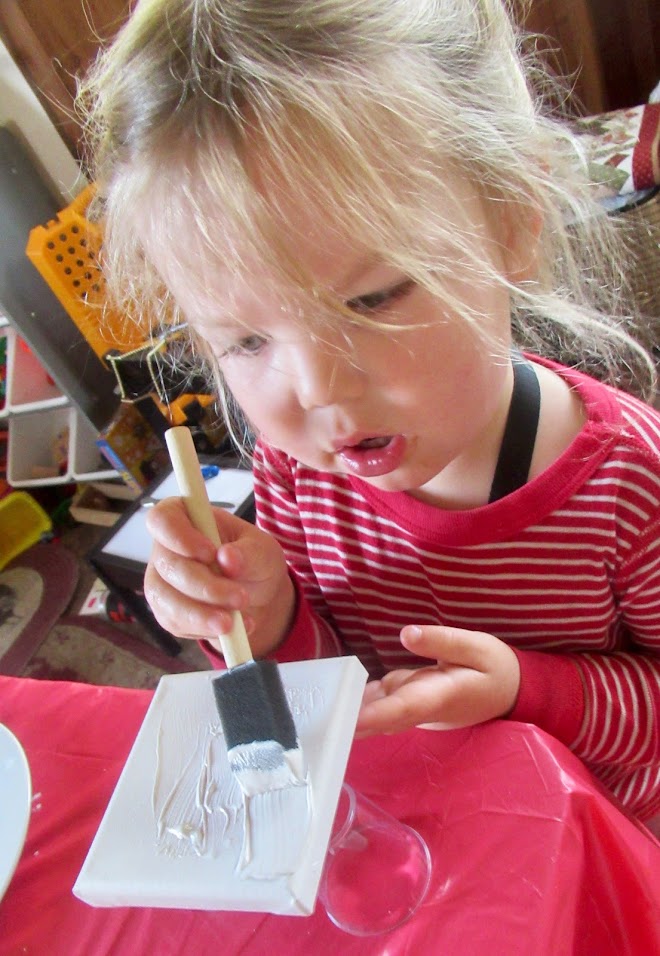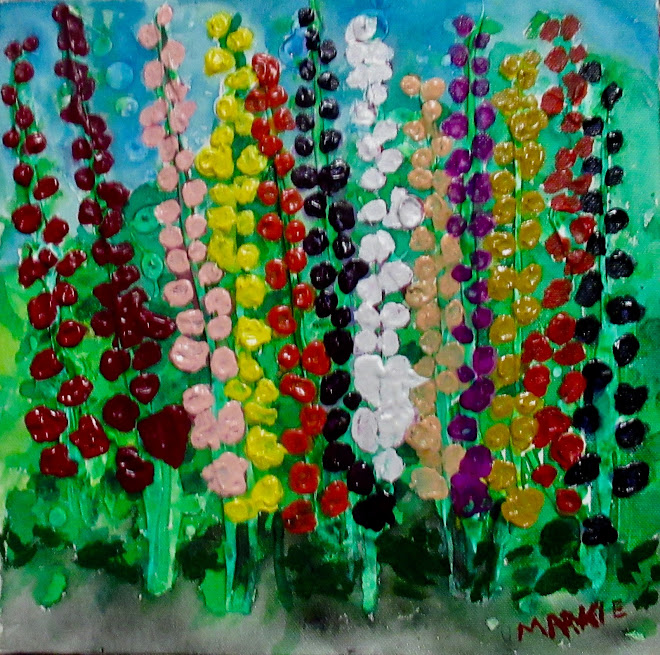The Original Radio Shack
The metamorphosis of communication fascinates me. Back in the mid-sixties, two of my older brothers got interested in ham radio. This was the original internet, only so much more primitive. The rules required that before you could actually talk via the microphone, you had to first communicate via Morse Code.
That pretty much wiped me out, because as a boy scout, I could send Morse Code (memorizing the dots and dashes that comprised the code was elementary), but being able to process the sounds coming at me was impossible. For the same reason that I could never succeed at either math or science, I could not process the information coming at me aurally.
By not being successful, I mean that anything to do with reading and words was simple (in eight years of elementary education, I never missed a spelling word on a test, after never having spent one iota of my precious time studying.) but anything to with math or science produced the obligatory C-. So much of high school math involved explanation, and I just could not access the information. Science was all about oral instruction in how to conduct the experiment. I didn’t know it at the time; it was only after going through the teacher credentialing program, and discovering that there are three styles of learning, visual, aural, and tactile, that I realized what the problem was.
When my brothers each got their “novice licenses” to operate the ham radio, the rest of us in the family were fascinated. They were able to “talk” to people in Japan and Australia routinely, via code and they exchanged post cards that had their license numbers emblazoned across, with any other feature they wished to include. Eric’s moniker was WB6-RVL and Noel’s was WB6-PVI (Papa, Victor, Ivy). They plastered the post-cards all over the wall of the Radio Shack, the name given to the old shed out back of the house, where the boys set up the whole ham radio operation.
After they had been communicating for a probationary period of time, they were allowed to apply for and acquire a license that would then let them talk via the microphone. We even erected a 65 foot tower that had an effective antenna, for being able to access distant regions of the globe. This was pretty sophisticated technology. I spent sixteen months overseas in Korea, with only one phone call being made home, and that was only made because I was getting married on leave and taking my wife back to Korea with me, for the second half of my tour.
The boys, however, routinely talked to people in that same geographical region, not unlike what the net can do today, only not so sophisticated. Considering television only entered our household in the late fifties, this was only seven or eight years down the line.
Now with the blogging scene, communication has taken another leap forward, and we are better off for it. I am learning about protocol and process, and JT is helping me. She credits me with leading her into the world of blogging, and I say poppycock. In either case, we are both following in the footsteps of some familial pioneers, who blazed a trail back in the sixties that promoted communication.
We don’t plaster the walls with postcards, but we do leave comments all over the “walls” of our fellow bloggers, and that’s more fun, because others get to then share them. I am still a “novice” but I expect that will change. After all, no one’s talking at me, cause I can’t hear a word they say; they all use words I can see, and I wrote the book on words.















I like that - following in the footsteps of familial pioneers. ANd, remember, Robert's father was a printer who read a book a day (or some such thing..... he read a lot). We have words in our DNA.
ReplyDeletemorse code confuses the crap out of me. i just don't see how you can differentiate between a short from a long or three shorts vs. two shorts and a long . . .
ReplyDeleteTell me about it, Judy. You had to really work to get past that novice license, and I was lucky that in order to get to the Star stage of boy sprouts all you had to do was "know" the morse code on paper.
ReplyDeleteMark, never thought about ham radio as a precursor to anything except perhaps almost getting electrocuted, but I can certainly buy your line of reasoning. Yes, it was in fact the advent of swifter and more modern communication. The fascination of the shortwave radio was a real bug for me.....I could not get enough of it. The dits and dots of the morse code were like music to my ears......sometimes I would have to tune all the static and other non related communications going on to hear the code that was traveling through the electromagnetic waves to hear each word being pounded out........I would just write down the sounds I heard into words and never tried to do more than that. Suddenly, there in front of my eyes was a complete sentence from some person across the globe telling me about his home station. It was fun! And, as for the radio shack, yes, it was a room of transformation.....boys would enter that shack, and in time they would exit young men ready for the larger world.....I wouldn't have thought about that place had you not so clearly written about it. Thanks!
ReplyDeleteOne man's treasure is another man's junk. The dits and dots I could not discern with my uncooperative ears, was "like music to my ears" for you. And yes, we entered the radio shack as boys and emerged as men. Thank you so much for that, Noel.
ReplyDeleteI love this piece about the connections technology helps us forge and I love all the parallels you've drawn between the two technologies. I'm fascinated by connections--between people, between ideas, etc so this was a pleasure to read. :)
ReplyDeleteI didn't think about the connections either when I set out to write about the radio shack. It just popped out.
ReplyDelete